|
Cropping System
| |||||||||||||||||||||||||||||||||||||||||||||||||||||||||||||||||||||||||||||||||||
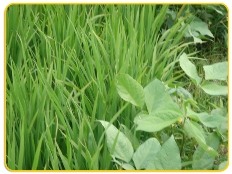 |
| Cropping pattern is the yearly sequence and spatial arrangement of crops and fallow on a given area. Cropping system comprises all cropping patterns grown on the farm and their interaction with farm resources, other household enterprises and the physical, biological, technological and sociological factors or environments". A form of multiple cropping in which paddy is grown in sequence on the same field, with the succeeding crop planted after the harvest of the preceding crop. Mixed croppingGrowing of two or more varieties of paddy simultaneously and intermingled without row arrangements, where there is significant amount of intercrop competition. Mono-cropping systemA system of cultivation in which a paddy is grown over a large area of land often for several years. RatooningOne of the important methods of intensive cropping, allowing the stubbles of paddy crop to strike again after harvesting and to raise another crop. Relay plantingThe second crop is planted into an established stand of a main crop. The second crop develops fully after the main crop is harvested. |
 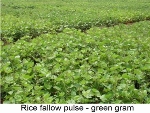  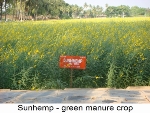 |
| Top | |
| Rice Cropping System in Tamil Nadu | |
 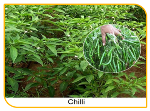   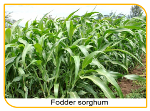  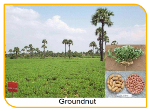 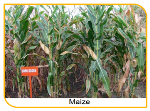  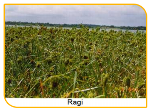   |
Sequential cropping system
In certain areas like Kuttanad, wild rice has become a menace in recent years. The following agronomic practices can successfully control the infestation of wild rice. Rice (Aug.-Jan) – pulses/sesame/maize (Jan.-April) Rice (Aug.-Jan.) - rice (Jan.-April.) - groundnut (April-June) Rice (Aug.-Jan.) - rice (Jan.-April) Upland rice/millets / pulses / groundnut / cotton / chillies (Sep.-Feb.)
|
|
|
 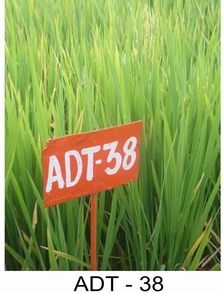 |
Mixed varietal cropping system
|
Control of Salvinia molesta (African payal)
|
|
| Top | |
| Rice Cropping System in Karnataka | |
| Mono-cropping system
Tungabhadra project area of Karnataka is dominated by rice-rice mono-cropping system Rice -based cropping systems in the southern transitional zone of Karnataka are as follows: Rice ratoon cropping system offer considerable potential for increasing rice production and utilizing seasonally idle land and labour as well as residual moisture in the hilly region of Karnataka. The ratoon crop yield ranged from 76 to 350 % of the main crop yields. The ratoon crop had 24% shorter growth duration and 59 % higher mean yield than the main crop. Ratooning in Malnad region
|
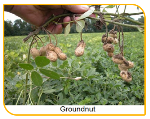  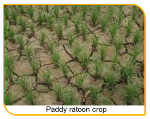 |
| Top | |
| Rice Cropping System in Kerala | |||||||||||||||||||||||||||||||||||||
Sequential cropping system
|
|||||||||||||||||||||||||||||||||||||
 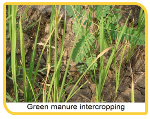   |
Cowpea may be raised as an intercrop in dry seeded low land (semi-dry) rice by sowing 12.5 kg seed/ha along with rice to serve as a source of green manure. When the rice field gets submerged with the onset of southwest monsoon, cowpea at the age of about six weeks and at active vegetative stage decays and gets self-incorporated in the soil adding substantial quantity of green manure. Such a system of concurrent growing of cowpea also reduces weed pressure in semi-dry rice.
|
||||||||||||||||||||||||||||||||||||
Relay Cropping was done where seeds of pulses singly or in mixtures were broadcasted in standing paddy field 21 days before the harvesting of rice, after draining out of standing water. After the harvesting of main paddy crop, the seeds broadcasted in the standing paddy crop continues to grow till the harvesting by utilizing residual moisture and residual nutrients .The seed of succeeding crops like lentil, gram, pea, etc. is sown broadcast in maturing rice crop. This practice saves time; money (to be spent on land preparation etc.) utilizes residual fertility. This practice is common in both upland and lowland rice culture. |
|||||||||||||||||||||||||||||||||||||
| Top | |||||||||||||||||||||||||||||||||||||
